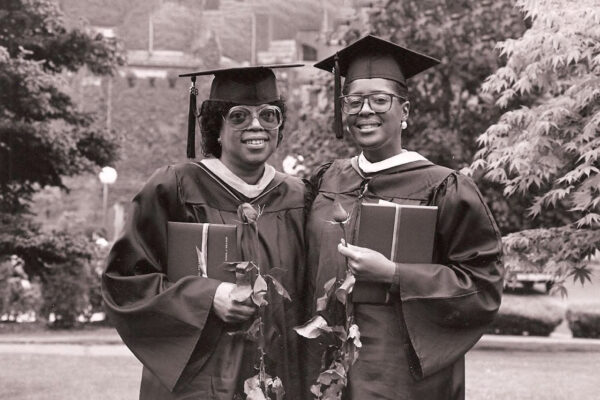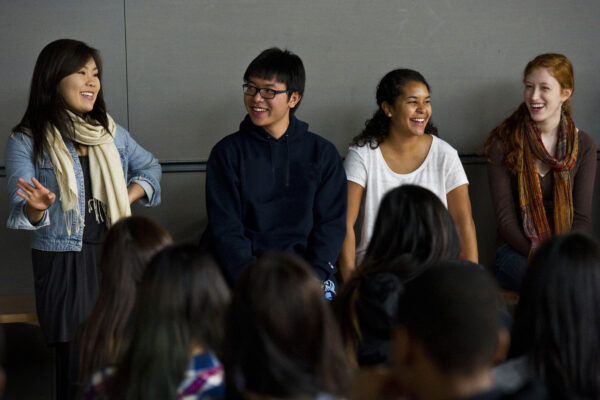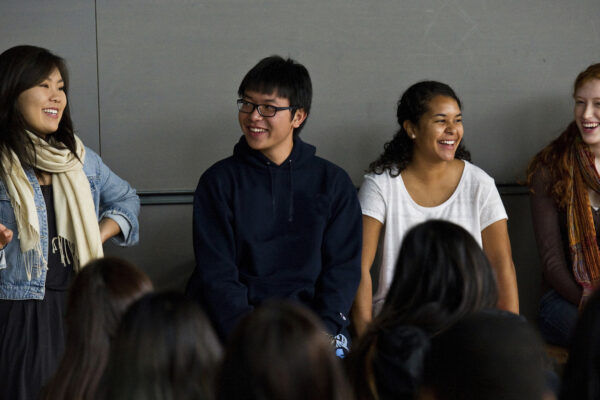A Dream Undone?
Jessie Brown, ACE’s associate general counsel, looks at Monday’s Annual Meeting session, “Compelling Interest: Race-Conscious Admissions in Turbulent Legal Times.”
In an environment where continual legal challenges threaten the ability of colleges and universities to consider race in admissions, enrollment professionals are thinking creatively about approaches to maintain or improve diversity on their campuses.
“Compelling Interest: Race-Conscious Admissions in Turbulent Legal Times,” a Monday afternoon session at ACE’s Annual meeting, addressed several of the positive actions universities are taking to achieve a diverse entering class that succeeds throughout their time in college.
ACE’s Lorelle Espinosa and Matt Gaertner of Pearson’s Research and Innovation Network presented preliminary findings from a survey of admissions and enrollment management leadership across the country.
This survey represents a joint project—known as A Dream Undone—between ACE, Pearson and UCLA’s Civil Rights Project, and seeks to examine how legal challenges to race-conscious admissions have changed practices at selective institutions. Among their findings so far, they learned that across the selectivity spectrum, colleges and universities all make efforts to increase diversity—the survey affirmed that this is a vital issue to them.
The full report will be released in July 2015 and will address a range of related questions, including how admissions considerations have changed post-Fisher, and what enrollment professionals say the most important admissions factors are when race is not included.
In a panel moderated by Gary Orfield, Richard L. McCormick, Santa Ono and Kendra Ishop each spoke about their institutions’ successful efforts to increase diversity. They emphasized, like those interviewed in the survey, the continuing importance that selective institutions place on achieving a diverse student body.
McCormick discussed mechanisms used at the University of Washington and Rutgers, including geographically based outreach—targeting school districts with high populations of underrepresented minorities. Ono pointed to the effectiveness of partnership programs like QuestBridge and the Posse Foundation in assisting smaller cohorts of underrepresented students gain access to and succeed at selective colleges and universities.
Ishop discussed the Texas Top 10 Percent rule, where the top 10 percent of all high school students in the state would be guaranteed admission to the University of Texas. She explained that while this plan did increase diversity at UT, it would be less effective in increasing diversity in other states because of demographics.
While it may appear that colleges and universities have their hands tied with respect to race-conscious admissions, administrators continue to develop and utilize innovative ways to achieve their institutional missions by maintaining diversity in their incoming classes.
If you have any questions or comments about this blog post, please contact us.


